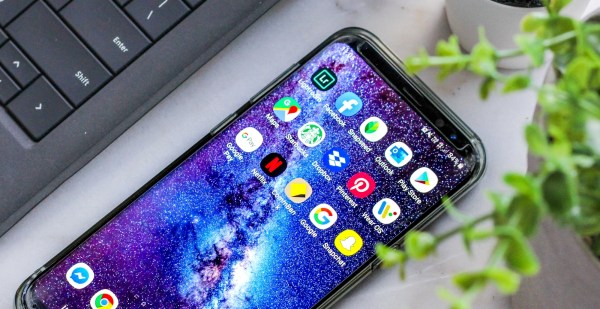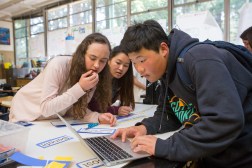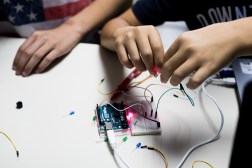Real-time assessment tool supports STEM learning standards

Traditional models of teaching now and testing later don’t adequately align with the Next Generation Science Standards, says a leading learning sciences expert.
That presents a mounting challenge for the nation’s educators as schools are pressed to better prepare students for STEM (Science, Technology, Engineering and Math) fields.
“Multiple-choice questions don’t assess how students learn real science,” says Janice Gobert, professor of Learning Sciences & Educational Psychology at Rutgers University. “Current measures are too coarse. We need to measure what students need [in order] to be competent scientists,” she adds.
Traditional models of teaching science also don’t adequately prepare students, based on recommended Next Generation Science Standards. Those standards evolved from efforts initiated by the National Research Council, an arm of the National Academy of Sciences, and other groups including the National Science Teachers Association and later involved the work of 26 states. The standards provide a roadmap for helping students become proficient in science and aim to help address a growing shortage of workers with STEM skills.
Job opportunities in the United States requiring proficiency in STEM subjects are projected to increase to over 9 million between 2012 and 2022, according to the United States Bureau of Labor Statistics.
Yet the U.S. lags behind other countries in terms of STEM preparedness in schools. According to recent Program for International Student Assessment (PISA) results, U.S. students dropped from 28th to 35th in math and ranked 25th in science compared to students from countries including Singapore, Switzerland, Germany and the United Kingdom.
Gobert began working on a solution while at Worcester Polytechnic Institute in Massachusetts, where she was co-director of its Learning Sciences and Technologies program, prior to joining Rutgers. Together with Dr. Michael Sao Pedro and Cameron Betts, she developed Inq-ITS and Inq-Blotter, a science learning platform for middle school students that is aligned with NGSS and provides adaptive learning materials. The concept subsequently attracted National Science Foundation and U.S. Department of Education funding and evolved into a company in 2012, called Apprendis.
The platform uses real-time data tracking and logging tools to monitor students’ steps as they work through virtual experiments, labs and exercises. Teachers receive continuous reports and alerts about what topics and skills are causing students to struggle. It also helps teachers see where student’s might need intervention – either from the teacher or from Rex, an animated dinosaur who pops up on a student’s screen to offer immediate support.
Inq-ITS combines both inquiry- and competency-based learning. Students move at their own pace and can show what they know rather than be limited by answering questions on paper.
There has been too much reliance on written responses from students to illustrate what they understand, Gobert says, and they are often incorrectly assessed because they can’t write well or simply parrot what they’ve read elsewhere, she adds.
“We need to leverage technology to better assess student performance,” Gobert says.
By immediately interpreting students’ responses as they work, the system informs teachers exactly what students do and do not know and understand. This helps with assessment and also drives instruction, Gobert says.
For example, if a class is working on a virtual lab in Inq-ITS and the teacher is alerted by Inq-Blotter to the fact that 40 percent of the students are incorrectly writing a hypothesis, Gobert says, the teacher can take the time to stop and instruct the group. On the other hand, if just three students are stuck, she can address their needs without having to hold back the rest of the class.
Compared to traditionally scored, written assessments, Gobert says Inq-ITS’ assessment algorithms have been validated with thousands of students and match human scoring with approximately 95 percent accuracy. The algorithms automatically grade, report and alert students about their science knowledge and skills as described by the Next Generation Science Standards. They tool also provides provide real time support to students as they engage in virtual inquiry. The company just received a patent on the Inq-Blotter technology, according to Gobert. Inq-ITS is now being used in 11 schools but is available to pretty much any school with Internet access, Gobert says.
Wyatt Kash contributed to this report.




